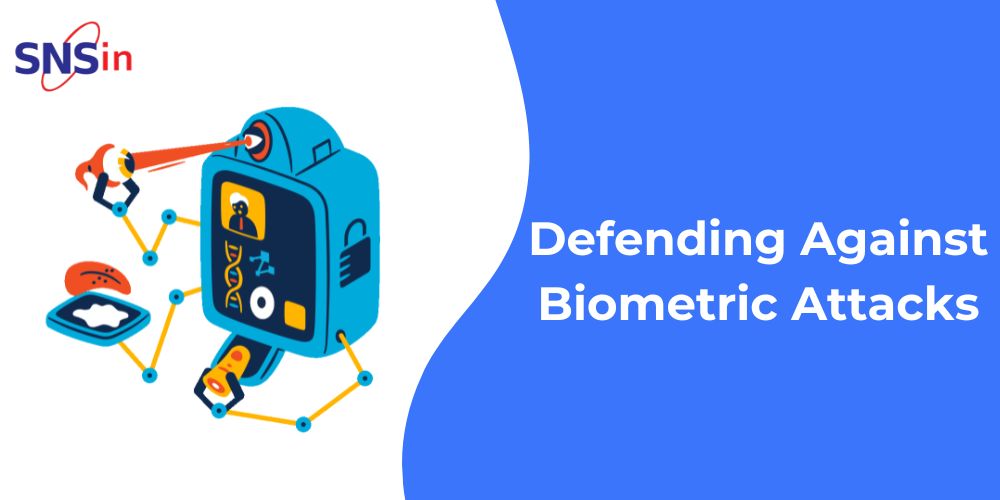As the use of new technology is embedded in our lives, it has never been more important to ensure our privacy and secure our data. Biometric technologies, such as fingerprint, facial, iris, and voice recognition, are prevalent now for their convenience and enhanced security. Though as these technologies continue to gain popularity so do the risks related to them. The rise in biometric threats underscores the need to protect both personal and organizational information, emphasizing the importance of robust security measures in this evolving landscape.
What are Biometric Systems?
Biometric systems offer a more secure way to verify identity compared to traditional passwords or PINs. Unlike easily forgotten, stolen, or shared passwords, biometric data is unique to the individual and can’t be easily replaced. This makes biometric systems attractive, but also a target for hackers.
There are several types of biometric systems in use today, including:
- Fingerprint Recognition
- Facial Recognition
- Iris and Retina Scans
- Voice Recognition
A Few types of Biometric Attacks
It is important to understand that biometric systems could be vulnerable to threats.
Spoofing: This attack involves using incorrect biometric data to bypass security checks. A high-resolution photo can be used to deceive facial recognition software. Also, a fake fingerprint can be used to trick fingerprint scanners.
Replay Attacks: The attacker intercepts the biometric data during transmission and later relays it to the system to gain entry fraudulently. This is a big risk in systems where biometric data is transferred across the networks without the secrets of transferring data.
Man-in-the-Middle (MITM) Attacks: The attacker intercepts the communication between the biometric scanner and the authentication server. It can alter or steal the data.
Brute Force Attacks: Due to the inherent randomness of biometric data, brute force attacks involve using random biometric inputs in an attempt to find the correct one. This type of attack is more likely to succeed in systems with less accurate matching functions or weaker scanners.
Database Breaches: If an unauthorized person penetrates the organization and gets to the database that holds biometric data, they can easily steal this information. Biometric data cannot be changed like passwords. So, the implications of such breaches are much more serious.
Strategies for Defending Against Biometric Attacks
Preventing biometric attacks is not just about technologies but more about employing the right measures of security.
- Encryption of Biometric Data
- Liveness Detection: To prevent fake biometric data from being used, liveness detection is essential. This technology verifies that a real person is providing the biometric sample. For example, facial recognition systems might ask you to blink or tilt your head to prove you’re not just using a photo.
- Multi-Factor Authentication (MFA)
- Regular System Updates and Patches
- Secure Biometric Template Storage: Biometric templates, which are digital representations of biometric data, must be stored securely. This can be achieved using technologies like secure enclaves or biometric template protection methods. These methods help prevent hackers from creating new templates from existing ones.
- Behavioural Biometrics
- User Education
- Regular Security Audits
- Incident Response Plans
Conclusion: The Future of Biometric Security
As biometric technology continues to grow and become more integral to our lives, there must be strategies to protect against biometric-based attacks. Implementing AI/ML in biometric systems enhances security by enabling these systems to detect anomalies and swiftly counter threats. However, the constant evolution of attack and defence tactics makes it essential for organizations to embrace the latest security trends.
Don’t settle for a company that dabbles in security. At SNS, security is our sole focus. Partner with us to secure your data.
Contact us at [email protected] to discuss your cyber security needs.
Swathi
Author
Working IT professional and a Cyber Security enthusiast. Passionate to write about Cyber Security topics and Solutions. I share my insights as I study articles and trending topics in the field of Cyber Security.
![]()




